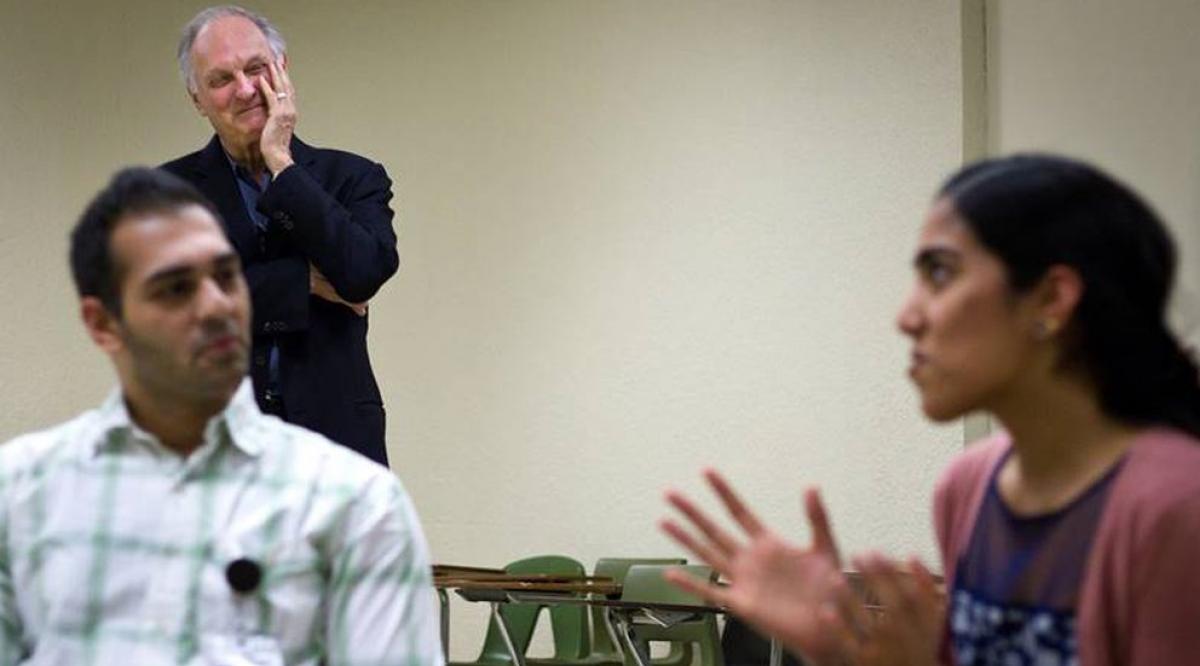Editor’s note: The opinions expressed by the authors do not necessarily reflect the opinions of the AAMC or its members.
As Alan Alda emphatically states, “Communication is not something you add on to science—it is of the essence of science.”
Communication has the power to save time, create mutual understanding, and improve health outcomes for patients. We know that when health care providers focus on clear, empathetic communication, patients are more satisfied and feel better prepared to follow prevention and treatment recommendations. In turn, they experience improved health outcomes, such as faster recovery, less pain, and increased physical functioning. Miscommunication, on the other hand, is the leading cause of medical errors.
With the continued push to decrease health care costs and increase access to high-quality patient care, communication has become even more critical. And as health information grows increasingly complex, helping providers communicate effectively with patients warrants greater attention.
Delivering high-quality health care goes beyond specific interactions with patients. The most effective care depends on a continuum that starts with basic research and ideally results in improved health and lowered costs for patients and society as a whole. Each point on this continuum—from basic bench to preclinical to clinical research and on to patient care—represents highly complex, collaborative, interdisciplinary science.
When we consider medical communication along this continuum, providing the best care depends on collaboration and communication among physicians, researchers, and clinicians from fields as diverse as computational biology, biochemistry, medical humanities, and epidemiology, as well as the social sciences.
At the Alan Alda Center for Communicating Science, we help scientists and medical professionals hone their ability to communicate in ways that will resonate with diverse audiences. Communication based in empathy is about connection. It’s about creating bridges across our different—and sometimes conflicting—worldviews and experiences. In this way, communication is a process, one that must be learned and practiced over time.
Training scientists to communicate effectively
Whether helping scientists communicate with each other about a research plan or helping a health care team deliver difficult news, simply formulating a message and delivering it are never enough. Effective communication is much more than that—it involves the ability to truly listen to your audience’s needs and adapt to those needs in the moment to create a shared understanding. What is most important is not what you meant to say, but rather what your audience heard you say.
At our center, we have designed an approach that integrates improvisational theater and message design techniques to help scientists and medical professionals imagine how it feels to be the person with whom they are communicating. The act of imagining yourself in someone else’s shoes helps you find different words and gestures to connect with that person. This kind of communication, as logical as it may seem, is not intuitive.
“What is most important is not what you meant to say, but rather what your audience heard you say.”
In recent years, there has been an increase in teaching about communication in science and medical education along with research to study effective communication practices. Instruction in communication designed to help physicians and scientists develop empathy should not be optional—it should be core to science and medical training experiences.
Accredited programs in continuing medical education that teach communication skills are increasingly popular. Yet there is room for improvement. There is limited data to guide the development and implementation of many popular communication training interventions. In addition, we don’t have a lot of information on how these interventions influence the audiences they are designed to help. We need to know what works and why.
Research and training go hand in hand
Gary Kreps, PhD, director of the Center for Health and Risk Communication at George Mason University, maintains that evaluation research is the backbone of successful health communication interventions and must be considered during curriculum development. This research helps clarify the target audience, define measurable goals, guide the adoption of theory, and ensure cultural sensitivity.
Researchers from the Human Dynamics Laboratory at the Massachusetts Institute of Technology, for example, used the combined expertise of computer scientists and sociologists to develop data-mining technology to track human behavior and group dynamics on teams. Through their research, they were able to identify certain communication patterns that enhance a team’s collaborative climate and ability to achieve high-quality outcomes.
Research provides an avenue to create and share new knowledge with those who need it most. The road to effective communication across the health care continuum lies in social science research and evidence-based training. This means we must understand not only how physicians and researchers can communicate more effectively with each other and with patients, but also how medical schools and teaching hospitals can create more dynamic, impactful partnerships.
The more we can use empirical social science research findings on communication systems to inform practice, the more successful we will be at designing effective communication training programs—and using those programs to improve health.
